Some wards/communes have nearly 30 schools, while others have only 2.
After the merger, Ho Chi Minh City became the largest metropolis in the country in terms of school facilities, with nearly 3,000 schools from preschool to high school located within the administrative boundaries of 168 wards, communes, and special zones. Some localities have nearly 30 public schools; however, some wards and communes have fewer than one-tenth of that number, and some educational levels have no schools at all.
For example, Long Hai commune (including Long Hai town, Phuoc Tinh and Phuoc Hung communes, formerly belonging to Long Dat district, Ba Ria-Vung Tau province) currently has the most public schools in Ho Chi Minh City, with 29 schools from kindergarten to junior high school (8 kindergartens, 14 primary schools and 7 junior high schools).
Next is Nha Be commune (including Nha Be town, Phu Xuan, Phuoc Kien, and Phuoc Loc communes, formerly part of Nha Be district, Ho Chi Minh City) with 25 schools, including 9 kindergartens, 10 primary schools, and 6 secondary schools.
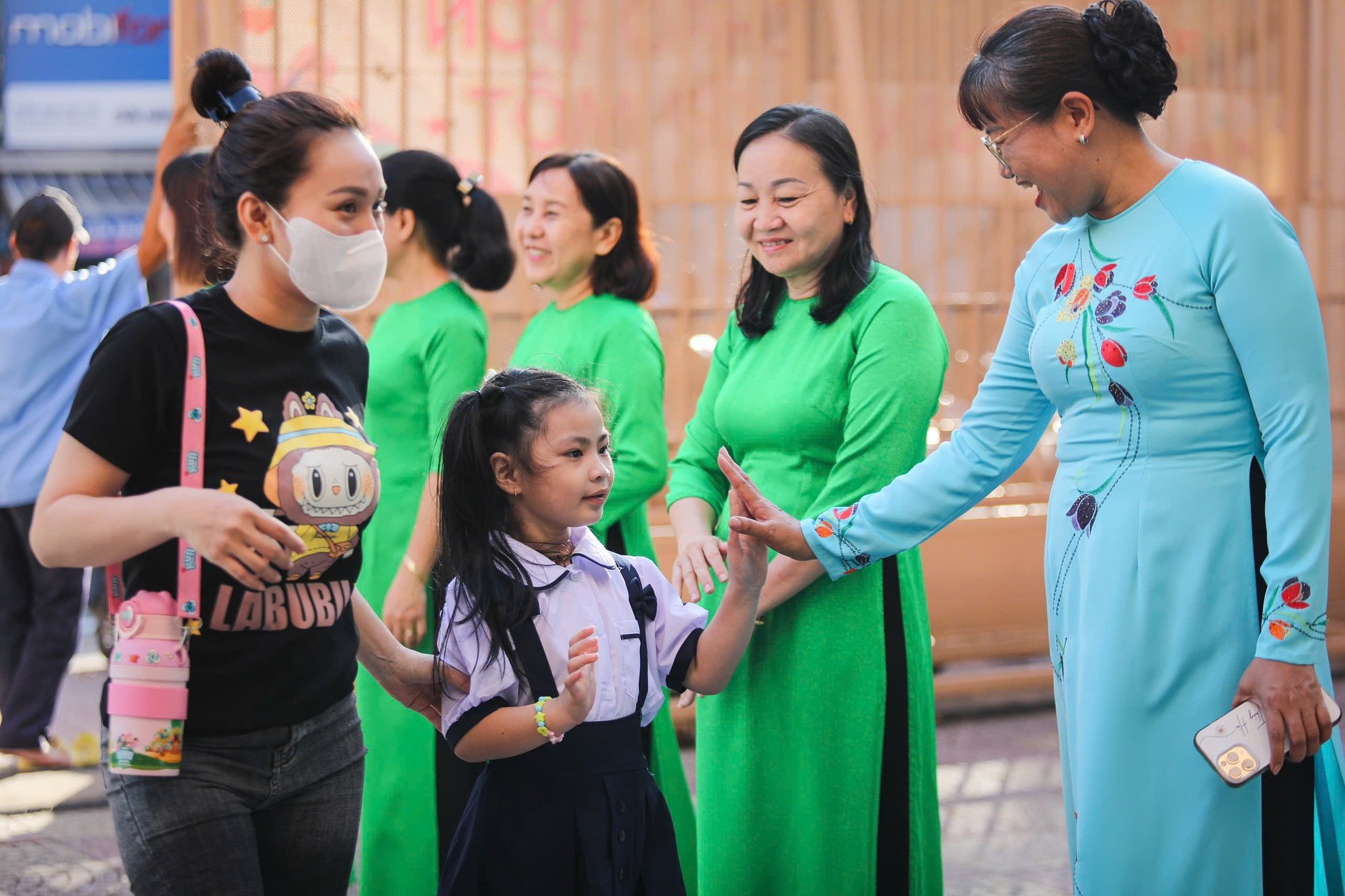
The principal welcomes first-grade students to the new school year. The disparity in the number of schools between wards and communes in Ho Chi Minh City makes the regulations for appointing principals and vice-principals difficult.
PHOTO: NHAT THINH
Next is Vung Tau Ward (including Ward 1 to Ward 5 and Thang Nhi and Thang Tam wards of Vung Tau City, Ba Ria-Vung Tau province in the past) with 24 schools, including 10 kindergartens, 8 primary schools and 6 secondary schools.
Both Chanh Hung Ward (formerly Rach Ong Ward, Hung Phu Ward, Ward 4 and part of Ward 5 of District 8, Ho Chi Minh City) have a total of 21 schools with 8 kindergartens, 8 primary schools, and 5 secondary schools; An Lac Commune (formerly An Lac, An Lac A, and Binh Tri Dong B communes of Binh Tan District, Ho Chi Minh City) has 9 kindergartens, 8 primary schools, and 4 secondary schools.
Among the wards/communes with 20 or more schools are Cu Chi commune (including Tan Phu Trung, Tan Thong Hoi, and Phuoc Vinh An communes, formerly belonging to Cu Chi District, Ho Chi Minh City); Dong Hung Thuan commune (including Tan Thoi Nhat, Tan Hung Thuan, and Dong Hung Thuan communes, formerly belonging to District 12, Ho Chi Minh City)...
Localities with fewer than 10 schools across the three levels of education (preschool, primary, and secondary) include An Phu Dong commune (formerly District 12) with 9 schools; Go Vap ward (formerly Go Vap District), Saigon ward (formerly District 1), Khanh Hoi ward (formerly District 4), and Phu Thuan ward (formerly District 7) with 6 schools each; Binh Co ward (formerly Tan Uyen City, Binh Duong province) and Hoa Hiep commune, Con Dao special zone (formerly Ba Ria-Vung Tau province) with 5 schools each; Tan Son ward (formerly Tan Binh District) with 4 schools; and Tay Thanh ward (formerly Tan Phu District) with 3 schools. The commune with the fewest schools in Ho Chi Minh City currently is Thanh An (formerly Can Gio District), with only 2 schools: a preschool and a primary school.
N MANY WARDS/COMMUNES DO NOT HAVE SECONDARY SCHOOLS
If we look at each educational level, many wards in Ho Chi Minh City only have one school at each level: preschool, primary, and secondary. For example, at the preschool level, the wards/communes with only one preschool are Thoi Hoa, Tay Thanh, and Thanh An.
For primary education, the communes of Trừ Văn Thố and Long Hòa, and Tây Thạnh ward each have only one primary school.
For the lower secondary level, the wards of Tan Son Hoa, Tan Binh, Tay Thanh, Go Vap, Cho Quan, Phu Lam, Tan Tao, An Phu, Bich Hoa, Lai Thieu, Thuan An, Binh Co, Hoa Loi, Long Son and the communes of Thuong Tan, An Long, Bau Bang, Binh Chau, Thanh An, and the Con Dao special zone each have only one lower secondary school.
Meanwhile, Tan Son, Phu Thuan, and Tay Nam wards; and Thanh An and Phuoc Thanh communes do not have secondary schools.
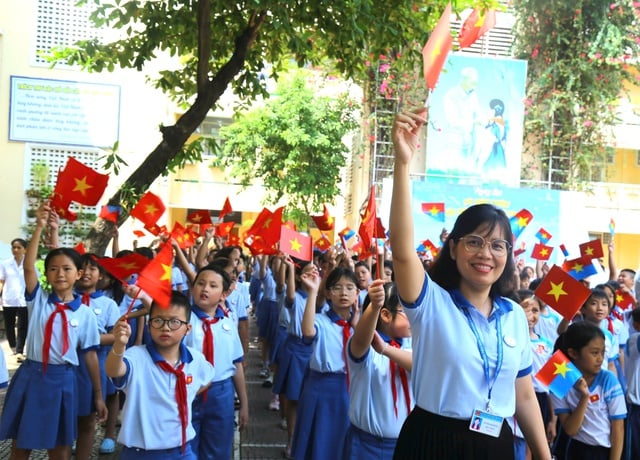
The principal of Tran Hung Dao Primary School, Cau Ong Lanh Ward, and his students.
Photo: Thuy Hang
PROPOSAL: THE COMMUNE CHAIRMAN IS RESPONSIBLE, WITH OPINION FROM THE DEPARTMENT OF EDUCATION AND TRAINING.
In late July, to ensure that localities fully understand the regulations for operating the two-tiered local government model in the field of education and training, the Ministry of Education and Training issued a specific guidance document.
Accordingly, Clause 2, Article 6 of Circular 15 stipulates that the authority to appoint, reappoint, terminate, and dismiss the heads and deputy heads of public educational institutions under the management of the commune-level People's Committee rests with the Chairman of the commune-level People's Committee.
Thus, according to the above regulations, the authority to appoint, dismiss, transfer, and remove from office the head and deputy head of preschool, primary, secondary, and multi-level general education institutions with the highest level being secondary school rests with the Chairman of the People's Committee at the commune level. However, based on the actual scale of schools and classes in wards and communes in Ho Chi Minh City, as reflected in the reports, many shortcomings are evident. Many principals have expressed concerns about how appointments and transfers will be carried out when some wards/communes have dozens of schools, sufficient for assignment and appointment; while other wards/communes have insufficient schools at each level, or even only one school.
An official from the Ho Chi Minh City Department of Education and Training also acknowledged that this regulation is a difficult point. According to Government Decree 142, issued in June, the Department of Education and Training has the right to recruit and appoint teachers, civil servants, and employees in public educational institutions. However, the Law on Organization of Local Government (Law 72/2025) assigns the responsibility for recruiting, appointing, and managing civil servants and public employees in the commune to the Chairman of the People's Committee at the commune level.
However, leaders of the Ho Chi Minh City Department of Education and Training believe that assigning the responsibility of appointing principals and vice-principals of kindergartens, primary schools, and secondary schools to communes will create many problems. Currently, Ho Chi Minh City has 168 commune-level administrative units, with 4 units having only one primary school and 19 units having only one secondary school.
Mr. Nguyen Van Phong, Deputy Director of the Ho Chi Minh City Department of Education and Training, highlighted this reality at a consultation workshop on the implementation guidelines for the Law on Teachers, organized by the Ministry of Education and Training in mid-July. "Currently, many wards and communes in Ho Chi Minh City have only one school at each educational level. With only one school, there's no place for rotation, while regulations stipulate that management staff must be rotated for one term and not more than two terms in the same unit," Mr. Phong explained.
At the same time, Mr. Phong added that, in the early stages of implementing the two-tiered local government system, many communes/wards in Ho Chi Minh City lacked civil servants in the education sector, making it difficult to appoint and recruit teachers. Therefore, he proposed that the appointment of teachers in schools under the direct management of the commune-level People's Committee be the responsibility of the commune chairman, but with the approval of the Department of Education and Training. The Department could also participate in the deployment of administrative staff across districts and wards.
The principal of a school in the inner city of Ho Chi Minh City expressed the opinion that, with the elimination of the Department of Education and Training, the assignment and appointment process should definitely involve input from the education sector because the specialized management agency will have an accurate assessment of each individual's abilities and strengths for the unit they are appointed to.

Many wards/communes in Ho Chi Minh City do not have secondary schools.
Photo: Dao Ngoc Thach
An official from the Ho Chi Minh City Department of Education and Training stated that in the proposed plan for operating a two-tiered government system, the Department proposed that it would preside over or delegate the recruitment, employment, appointment, change of professional titles, training, professional development, and evaluation of teachers, educational administrators, and staff in public educational institutions according to its authority and regulations. Simultaneously, it would decide on the recognition, appointment, dismissal, transfer, change of job positions, rewards, and disciplinary actions for the heads and deputy heads of public educational institutions.
However, currently, since the Law on Teachers has not yet come into effect, the Law on Organization of Local Government must be followed. It is expected that on January 1, 2026, when the Law on Teachers officially comes into effect, the Ministry of Education and Training will make adjustments to the decentralization of appointments to management positions in educational institutions.
Source: https://thanhnien.vn/ban-khoan-cap-xa-bo-nhiem-hieu-truong-hieu-pho-185250804211720747.htm







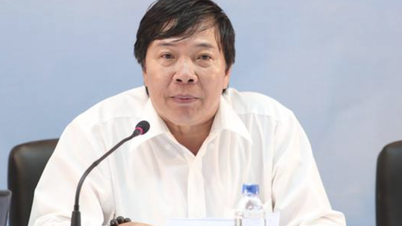

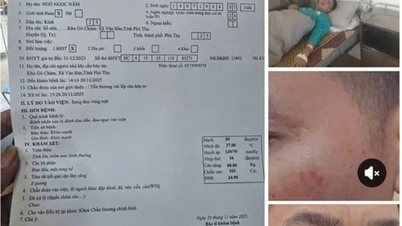




![[E - Magazine] "Special mothers" sow knowledge in "deep mountains and remote valleys"](https://vphoto.vietnam.vn/thumb/402x226/vietnam/resource/IMAGE/2025/11/20/1763613534701_e-magazine-nhun-w1200t0-di2546d199d4111349t11920l1-chuyen-ve-nhung5.webp)


















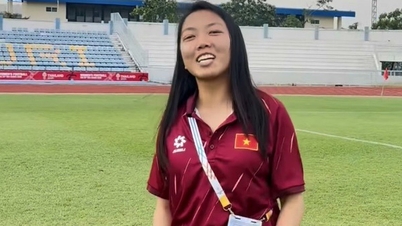



![[Photo] Prime Minister Pham Minh Chinh holds a phone call with the CEO of Russia's Rosatom Corporation.](/_next/image?url=https%3A%2F%2Fvphoto.vietnam.vn%2Fthumb%2F1200x675%2Fvietnam%2Fresource%2FIMAGE%2F2025%2F12%2F11%2F1765464552365_dsc-5295-jpg.webp&w=3840&q=75)










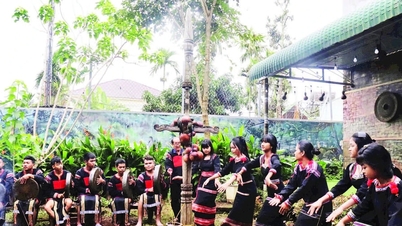































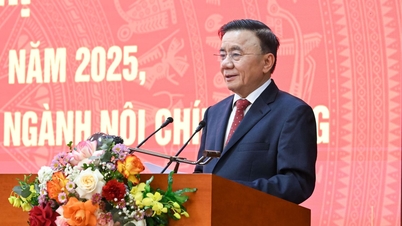











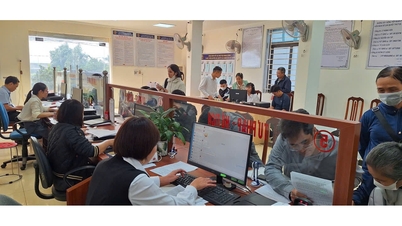


















Comment (0)